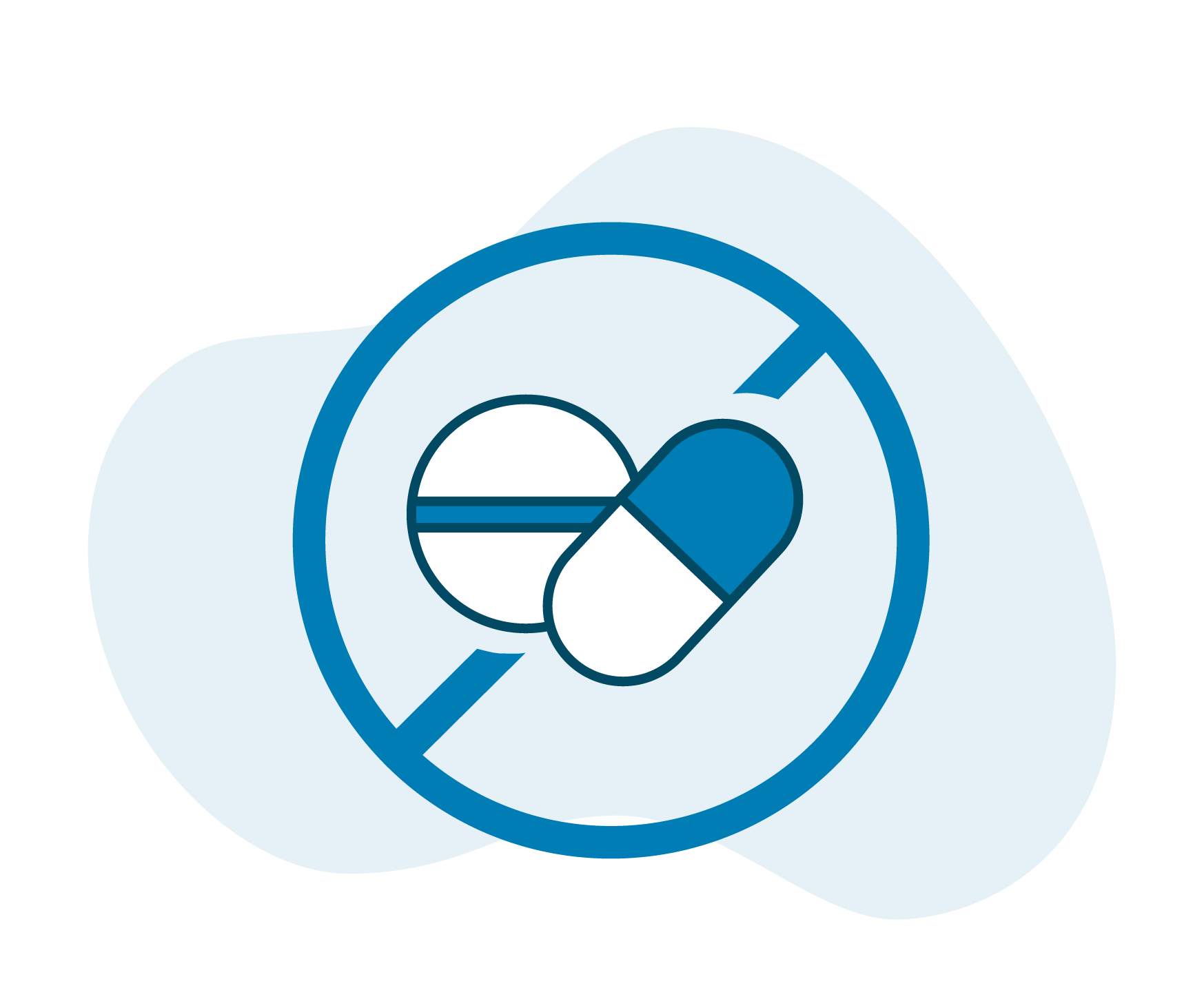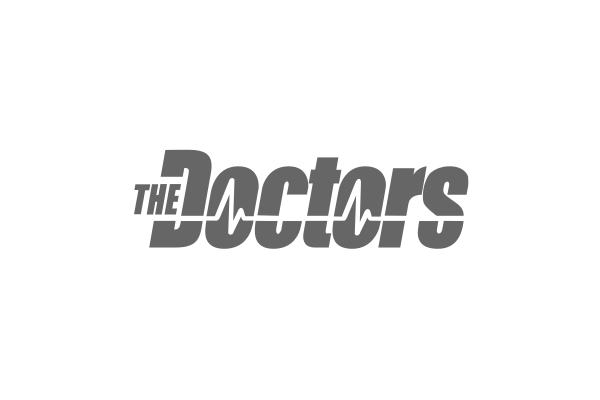For the EEG (brain scan), we fit a cap on one’s head to record the brain’s electrical activity and identify any areas with irregular function. For the EKG, we place an electrode on the chest to capture the heart’s electrical signals and assess the coherence between the brain and heart.
TMS TREATMENT
Magnetic Therapy for Autism
A New Technique for Improving Information Processing, Communication and Connection for Adults and Children On the Spectrum

FDA Cleared Equipment
The equipment used for our TMS therapy is FDA-cleared.
Non-Invasive Treatment
TMS for Autism uses gentle magnetic waves to stimulate targeted areas of the brain to improve function. The treatment is usually well tolerated.

No Pharmaceuticals
No drugs or anesthetics whatsoever are used with our TMS. It is a simple, effective outpatient procedure.
a Unique EEG-Guided Transcranial Magnetic Stimulation
Experience The Healing Power Of EEG-Guided Magnetic Therapy
Better Connectivity and Better Brain Communication for Adults and Children on the Spectrum.
We don’t use just a standard TMS of the type that works for Depression and OCD. We have a more sophisticated approach that allows us to gently stimulate that exact areas of the brain that we can tell are don’t have adequate connectivity. We customize the magnetic waves based on the results of the EEG brain activity scan, and we use repetitive TMS (rTMS) which has been more effective with our patients. The treatment is very gentle but very precise.
TMS was originally cleared for use in treating depression in 2008 and soon after that for treating OCD. It has been used off-label for years to improve unwanted symptoms of autism. A wide array of studies have shown good results (see below).
We are beyond the original TMS – we use the exact same FDA Cleared equipment but using sophisticated programing we can create a gentle stimulation in areas of the brain that we can see are not functioning as they should. In physical therapy the practitioner looks for muscles that are not being used and gets the patient to exercise those muscles. Here at the Brain Treatment Center of Plano we are helping the patient re-discover parts of his brain that are not connecting or firing optimally.
Most TMS Clinics don’t work with ASD patients because its not covered by insurance and because it requires a lot of skill. But Board-Certified Neurologist Spencer Miller has been working with Autism for many years now. While results vary, he has seen some astonishing changes in his patients. See Our Testimonials Below.
Gentle Magnetic Waves
With rTMS treatment, there is no pain, only magnetic waves are used for stimulation.
Customized Treatment
EEG guided rTMS uses brain scans to tailor treatment for each individual.
Completely Non-Invasive
Gentle magnetic waves are uses to encourage improvements in connectivity and function.
Drug-Free Therapy
TMS does not require the use of any medications or anesthetics.
Magnetic EEG-Guided TMS Therapy
What The Science Says...
Here are just a few of many of the research studies that have been done showing success in treating symptoms of Autism with our rTMS Technique.

A systematic review of transcranial magnetic stimulation treatment for autism spectrum disorder, published May 31, 2024
“Recent findings generally indicate that TMS has positive effects on stereotypical behavior, repetitive behavior, verbal and social aspects of ASD, leading to overall improvement across all scale scores post-intervention.”

Outcomes from Individual Alpha Frequency Repetitive Transcranial Magnetic Stimulation in Children with Autism Spectrum Disorder, 2022
“Conclusion: This study presents evidence on the efficacy and safety of rTMS in improving ASD symptoms, quality of life and comorbid sleep troubles in children. However, these findings should be interpreted as preliminary pending the presentation of double-blind, randomised clinical trials.”

Non-invasive EEG-EKG Guided Trans-magnetic Stimulation at Natural Resonance Frequency in Children with Autism
“Following 5 weeks of EEG-EKG guided transmagnetic stimulation, significant changes in symptom severity and EEG measures are reported for 28 children with autism spectrum disorder. … This suggests that EKG-EEG guided TMS may be effective at mitigating averse sensory misperceptions common in ASD.”

Noninvasive reduction of neural rigidity alters autistic behaviors in humans. Published June 6th, 2025 in Nature Neuroscience
“Here, we have shown that mitigating neural rigidity seen in autism can alter different ASD-associated behaviors in different neural processes, which demonstrated the direct/indirect brain–behavior causal relationships between neural rigidity and diverse atypical behaviors in autism. These findings imply that brain-state-driven neural stimulation could be a foundation for a new noninvasive approach to influence some behaviors associated with ASD.”

Repetitive transcranial magnetic stimulation (rTMS) in autism spectrum disorder
“More recently, several research groups (including ours) have investigated whether rTMS could have clinical utility as an intervention in ASD. These studies indicate that: low-frequency stimulation of the DLPFC can reduce repetitive behaviors, improve neurophysiological markers of perception and reduce irritability.”

Assessing and Stabilizing Aberrant Neuroplasticity in Autism Spectrum Disorder: The Potential Role of Transcranial Magnetic Stimulation, published Sept 9, 2015
““Existing evidence still indicates that aberrant neuroplasticity could play a critical role in the pathogenesis of ASD. Therefore, it can be postulated that it may be possible to attain optimal social and cognitive performance in ASD by stabilizing aberrant neuroplasticity. In this context, we discussed a novel mechanism-driven approach toward achieving such goal using rTMS.”
Magnetic EEG-Guided Resonance Therapy
Frequently Asked Questions
While our New Patient Coordinator is happy to answer your questions and explain things, here are some of the most commonly asked questions and their answers.
How does rTMS address brain-related conditions?
We are different in that we use EEG scans, a specialized brain wave analysis, to pinpoint the precise regions in the brain that may be underperforming or not communicating effectively. Using these insights, our physicians craft a customized treatment plan aimed at enhancing healthy brain interactions. By gently stimulating these targeted areas, our specialized rTMS therapy aims to improve overall brain function.
What types of conditions can be treated ?
Our Guided rTMS therapy is versatile in its application and can be used to address a wide range of conditions, including:
Autism Spectrum Disorder,
Major Depression,
Post-Traumatic Stress Disorder (PTSD),
Generalized Anxiety Disorder,
Traumatic Brain Injury (TBI) and Concussions,
Cognitive Enhancement,
Memory Impairment and Dementia,
Post-COVID-19 Recovery,
Attention Deficit Hyperactivity Disorder (ADHD),
Parkinson’s Disease,
Rehabilitation After Stroke, and
Persistent Insomnia.
How Does EEG Guided rTMS Differ from Traditional TMS?
While traditional TMS usually targets a single area of the brain at a fixed frequency, our customized repetitive TMS technique takes a more advanced approach. We customize the treatment by utilizing detailed diagnostics and brain imaging, allowing for a personalized protocol. This customization involves adjusting the treatment location, frequency, duration, and magnetic power to suit the individual needs of each patient.
What Evidence Backs the Use of TMS for Brain Treatment?
TMS and repetitive TMS has been widely and extenively studied, It is FDA Approved for OCD and Major Depressive Disorder. It is currently going through FDA approval for another condition. TMS is used extensively as an alternative to medication for depression and OCD in the US
How much time do your treatments take?
Daily treatments usually take about 30 to 45 minutes, with the magnetic stimulation occurring for six to eight seconds every minute. Treatment period are usually 4 to 8 weeks to achieve optimal success and longevity from treatment. 6 weeks is the most common. It’s important to note that results are based on strict compliance with our treatment regimens. Results may vary based on the individual patient and are not guaranteed.
What benefits have been experienced from treatment?
EEG guided rTMS treatment primarily focuses on enhancing functional recovery. Although results vary from person to person, some commonly reported benefits include:
Enhanced sleep quality,
Longer sleep duration,
Reduced stress levels,
Improved concentration and focus,,
Stabilized mood and emotional well-being
Greater attention span,
Increased social engagement,
Boosted motivation,
Sharper mental clarity,
Better memory retention,
Greater adaptability to change,
Enhanced self-confidence and self-esteem.
Our PROCESS
Steps to Take
To find out if our EEG Guided rTMS is the right choice for you or your child, begin by reaching out to our New Patient Coordinator. She is available to provide detailed information about the treatment, protocols, costs, and payment options. If you decide to proceed, we will schedule your initial two appointments for a non-invasive brain scan and a consultation with the doctor to discuss the scan results and potential benefits of treatment.
01
Initial Testing
02
Consultation
Following the qEEG/EKG will be a consultation with our doctor, either in person or virtually. During this meeting, we will review your test results, explain the treatment protocols, address any questions you might have, and discuss the potential benefits of treatment.
03
Treatment
If you move forward with treatment, the first week of rTMS will consist of 45 minutes each day for five days, Monday through Friday. The second week of treatment will last for four days, Monday through Thursday, followed by new testing on Friday.
04
Assessment
Most courses of treatment with rTMS run for about 6 weeks with a new brain scan done every two weeks to assess progress and to continue to customize treatment for best results. Tailored treatment protocols are what help make our EEG guided TMS even more effective than the TMS used for depression and OCD.
As Seen In The News








About us
Medical Director
Dr. Spencer O. Miller

Spencer Miller, Board Certified Neurologist, and Medical Director of the Brain Treatment Centers in Dallas, Plano, and Ft. Worth
Dr. Spencer O. Miller, a Neurologist in Dallas, Texas, is the owner and Medical Director of Brain Treatment Center Dallas. He received his medical degree from the University of Mississippi School of Medicine and has been in practice for 12 years. He spent five of those years in the US Air Force, where he saw many brain injuries, including soldiers suffering from PTSD and TBI.
Dr. Miller now specializes in using advanced TMS techniques for the treatment of patients on the Autism Spectrum at his clinics, the Brain Treatment Centers in both Dallas and Plano.
He treats patients with a more advanced form of TMS, called rTMS or repetitive TMS, where the patient received multiple treatments. In each treatment the magnetic pulse is customized and tailored to the exact brain pattern issues that have been detected by the EEG analysis (non-invasive brain scan). The EEG analysis itself is highly technical and based on many years of research detecting anomalies and programming stimulation to help the patient overcome them.
Dr. Miller is also affiliated with Baylor University Medical Center, where he specializes in stroke, headache medicine, traumatic brain injury, post-traumatic stress disorder, and seizure.
Additionally, he is associated with the Texas A&M Science Center College of Medicine.
He also speaks multiple languages, including Spanish.
TESTIMONIALS
What our Patients say about their Experience...
We are dropping a line to thank you for your help last summer with Immanuel. We are RVing this weekend and marveling at how well Immanuel now socializes with other children at the campsite. His occupational therapist has been amazed, as well. She says that he has been crushing the prescribed program — he scored significantly above expectations at the latest eval, and he is speeding through the stages. We are thrilled by Immanuel’s progress. It touches our hearts more than anything—that he has friends now. Thank you for making this treatment available and for your guiding us through the process.”
Best, most down to earth doctor I’ve ever met. Dr. Miller has been a blessing to our family. My daughter was non-verbal at 5yrs old. After 4 weeks of treatment she was able to make a sentence. Her awareness around her surrounding increased, her eye contact improved. She sleeps all night, she has increased desire to talk. I am forever grateful for this treatment."
Our son is now making eye contact when we speak with him, has gotten his first haircut without crying, is starting to be verbal by saying words, repeating words back from his tablet, humming and slightly singing, and it truly feels good to hear his voice again. His speech therapist says she is seeing much more progress compared to before and behavior has gotten way better in school.”
“It was a great experience with a very friendly and professional staff! When we first brought our child to the clinic, we expected some progress with her speech skills, but we ended up getting results in other unexpected areas. The first change we saw with our daughter was that she started to make eye contact. Then she started to be more aware of her surroundings. Second, she stopped stemming, and that was the biggest change for her. Third, but not least, she started to socialize and play with other children!”
Contact Us
We would love to speak with you.
Feel free to reach out using the below details.
Get in Touch
- Call our New Patient Coordinator: (469)208-5033
- Front Desk for Existing Patients: (469)466-9745
- Send in a Contact Form
Our Plano Address
- 4716 Alliance Blvd, Suite 270
- Plano, TX 75093
Hours
- Mon-Fri 9:00AM - 5:00PM
Contact Us
Dallas Clinic
We would love to speak with you. Feel free to reach out using the below details.
Get in Touch
- Call our New Patient Coordinator: (469)208-5033
- Front Desk for Existing Patients: (469)466-9745
- Send in a Contact Form
Our Dallas Address
- 7001 Preston Rd Suite 404
- Dallas, TX 75205
Hours
- Mon-Fri 9:00AM - 5:00PM
